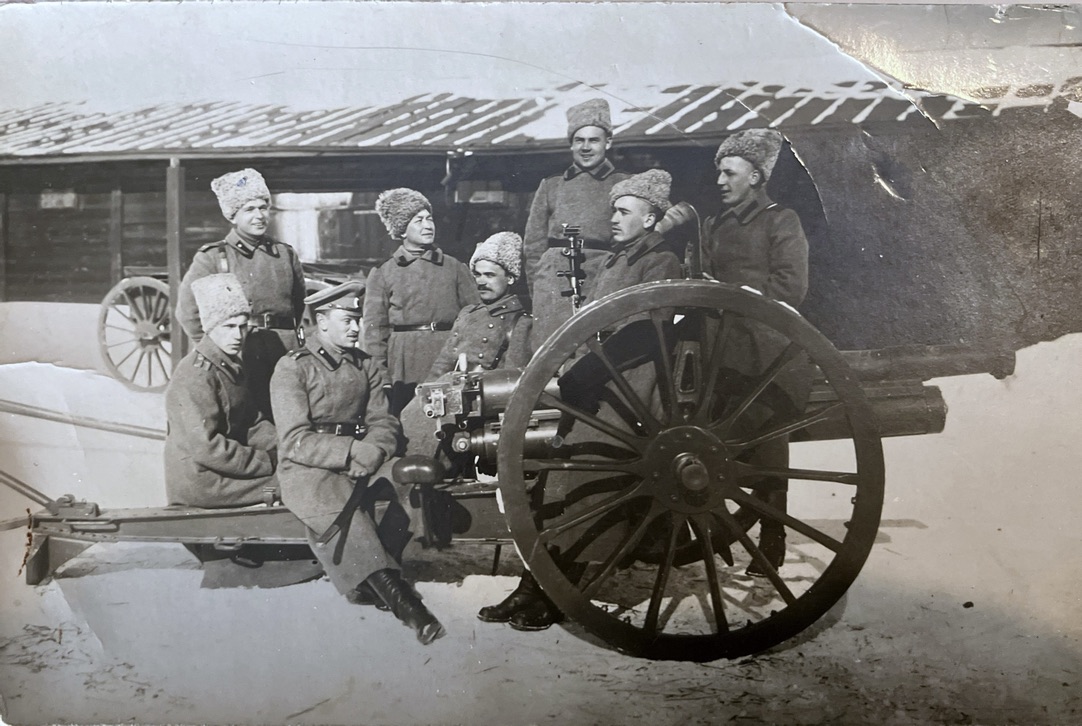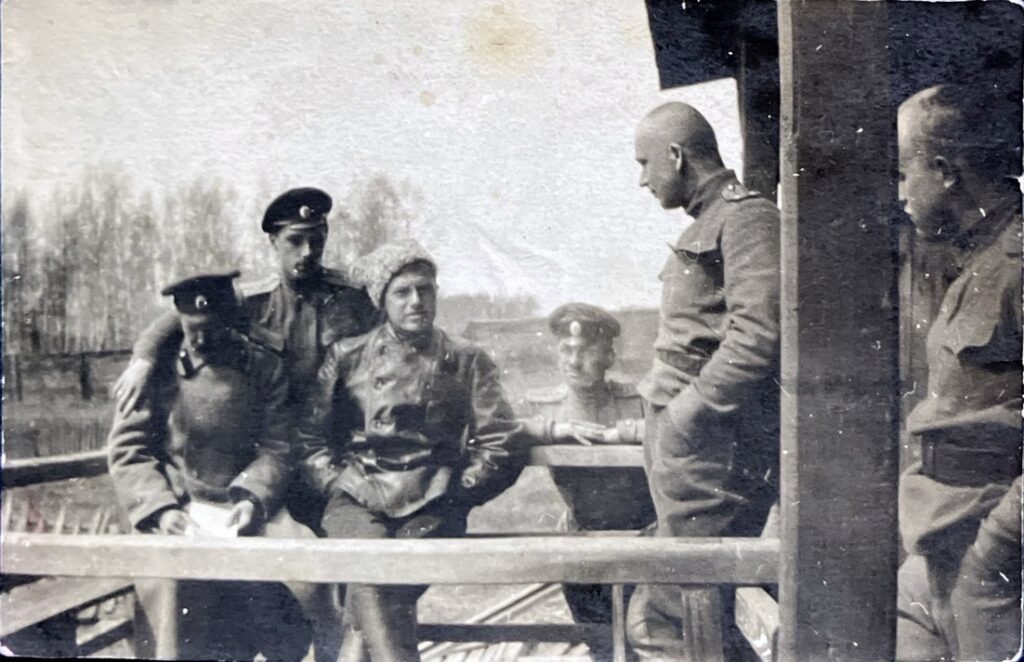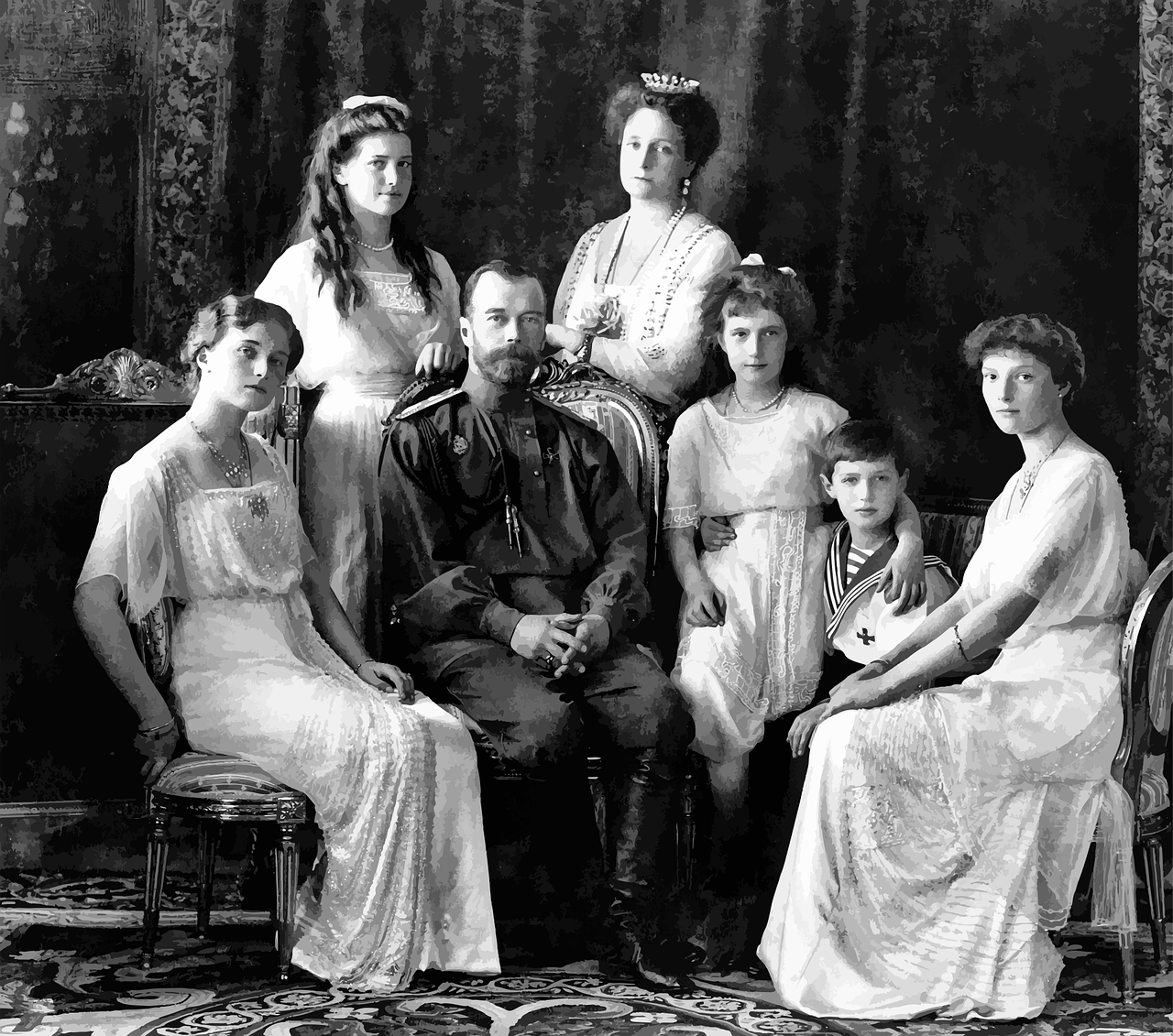The Russian Revolution
“It is not difficult to rule Russia, but it is useless. ”
—Alexander II
Much like China, Russia was facing immense turmoil during the early 20th century. For centuries, Russia had been ruled by emperors known as Czars, a title derived from “Caesar,” as in Julius Caesar. The last Czar, Nicholas Romanov, ascended to the throne in 1895, but he proved to be a weak and ineffective ruler. His inability to adapt to the changing political and social landscape left the country in chaos. In 1917, after years of mounting discontent and poor governance, the Bolshevik Revolution toppled the Romanov dynasty, replacing the monarchy with a communist regime. This marked a period of significant upheaval and profound change for the Russian people.


1914
Russia enters World War I
1917
February 23 (March 8), 1917: The February Revolution begins in Petrograd (St. Petersburg) with protests over food shortages and dissatisfaction with the war.
1918
The Russian Civil War begins between the Bolsheviks (Red Army) and anti-Bolsheviks (White Army )
1922
The Soviet Union is established
“Better the illusions that exalt us than ten thousand truths.”
Alexander Pushkin

The Romanovs
When I was younger, I was fascinated by the Romanovs. Aside from sharing the same first name as the youngest heir, Alexei, I grew up hearing my great-grandmother’s stories about seeing the Romanov daughters, Olga, Tatiana, and Anastasia, distribute eggs to soldiers during World War I. I was captivated by their family portraits, which always felt haunting to me. There was an ethereal innocence in their expressions, unaware of the storm about to descend upon them.
The Romanovs seemed trapped by fate, some of it of their own making. When the youngest Romanov, Alexei, was born with hemophilia, a condition where blood doesn’t clot, making even minor injuries life-threatening, and his mother, Tsarina Alexandra, sought the help of an eccentric monk named Rasputin, who claimed to have the power to heal her son. Rasputin, however, was a controversial figure, infamous for his heavy drinking and wild behavior, including naked dancing at parties. Alexandra’s growing dependence on him sparked outrage among those around her and fueled discontent in an already unstable Russia.
During the Russian Revolution, the Romanov family was placed under house arrest. After Nicholas II abdicated the throne, they were moved to Siberia. On July 17, 1918, the entire family was executed.
The mystery surrounding their deaths only heightened my fascination as a child. The idea that Anastasia might have survived captivated many, and there was even a Disney film about it. For years, a woman named Anna Anderson claimed to be the lost princess, but she was eventually exposed as an imposter. In 2007, DNA testing finally confirmed that all the bodies of the Romanov family had been identified, putting an end to the mystery.